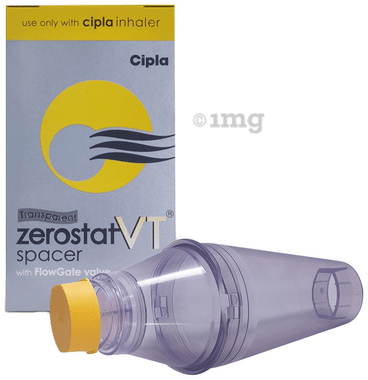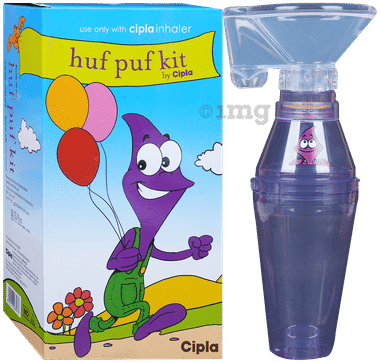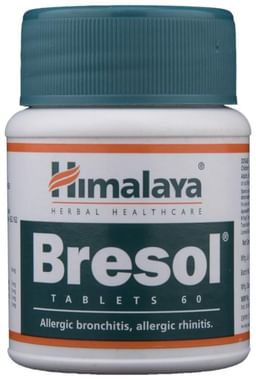Sildaflow 20mg Tablet
Product introduction
Sildaflow 20mg Tablet may be taken on an empty stomach or with a meal, but it should be taken at a fixed time each day. The dose and duration will be decided by your doctor so that you get the right amount to control your symptoms. Follow the advice of your doctor. It is important to take this medicine regularly and for as long as you are advised, even if you feel well. Missing doses may lead to the worsening of your condition.
The most common side effects of this medicine include flushing, headache, muscle pain, diarrhea, pain in limbs, back pain, and blurred vision. If they bother you or if you experience any other side effects, talk to your doctor. They may be able to help you reduce or prevent the side effects.
This medicine can be dangerous to take along with medicines called nitrates (often given for chest pain). Do not take this medicine if you have severe heart or liver problems, if you have recently had a stroke or heart attack, or if you have low blood pressure. Let your doctor know if you suffer from these or any other health problems. Pregnant or breastfeeding women should also consult their doctor before taking it. Avoid drinking alcohol while taking this medicine, as it increases the chances of side effects.
Uses of Sildaflow Tablet
Benefits of Sildaflow Tablet
In Treatment of Pulmonary arterial hypertension (PAH)
Side effects of Sildaflow Tablet
Common side effects of Sildaflow
- Flushing (sense of warmth in the face, ears, neck and trunk)
- Headache
- Blurred vision
- Muscle pain
- Diarrhea
- Indigestion
- Limb pain
How to use Sildaflow Tablet
How Sildaflow Tablet works
Safety advice
Use of Sildaflow 20mg Tablet is not indicated in women.
Use of Sildaflow 20mg Tablet is not indicated in women.
However, inform your doctor if you have any underlying kidney disease. A lowering of dose may be considered if it is not well-tolerated.
What if you forget to take Sildaflow Tablet?
All substitutes
Quick tips
- When taken regularly, Sildaflow 20mg Tablet can help improve your quality of life and exercise ability.
- Do not use other medicines (nitrates or nitroglycerin) when taking Sildaflow 20mg Tablet, as it could drop your blood pressure to a dangerous level.
- Do not consume alcohol while taking Sildaflow 20mg Tablet, as that may increase the blood pressure-lowering effects of Sildaflow 20mg Tablet.
- Stop taking Sildaflow 20mg Tablet and immediately inform your doctor if you notice a loss of vision in one or both eyes or sudden loss of hearing with a ringing sensation in your ear.
- Do not stop taking the medication suddenly without talking to your doctor, as that may lead to a worsening of your symptoms.
Fact Box
Interaction with drugs
Patient concerns
User feedback
FAQs
Can I take Sildaflow 20mg Tablet for the rest of my life?
Why is the use of Sildaflow 20mg Tablet contraindicated with nitrates?
Why does Sildaflow 20mg Tablet cause a fall in blood pressure (hypotension)?
Is Sildaflow 20mg Tablet safe to use in patients with diabetes?
Disclaimer:
Tata 1mg's sole intention is to ensure that its consumers get information that is expert-reviewed, accurate and trustworthy. However, the information contained herein should NOT be used as a substitute for the advice of a qualified physician. The information provided here is for informational purposes only. This may not cover everything about particular health conditions, lab tests, medicines, all possible side effects, drug interactions, warnings, alerts, etc. Please consult your doctor and discuss all your queries related to any disease or medicine. We intend to support, not replace, the doctor-patient relationship.References
- Michel T, Hoffman BB. Treatment of Myocardial Ischemia and Hypertension. In: Brunton LL, Chabner BA, Knollmann BC, editors. Goodman & Gilman’s: The Pharmacological Basis of Therapeutics. 12th ed. New York, New York: McGraw-Hill Medical; 2011. pp. 752-53.
- Katzung BG, Chatterjee K. Vasodilator & the Treatment of Angina Pectoris. In: Katzung BG, Masters SB, Trevor AJ, editors. Basic and Clinical Pharmacology. 11th ed. New Delhi, India: Tata McGraw Hill Education Private Limited; 2009. p. 197.
- Briggs GG, Freeman RK, editors. A Reference Guide to Fetal and Neonatal Risk: Drugs in Pregnancy and Lactation. 10th ed. Philadelphia, PA: Wolters Kluwer Health; 2015. pp. 1261-62.
Marketer details
Lab tests offered by us









